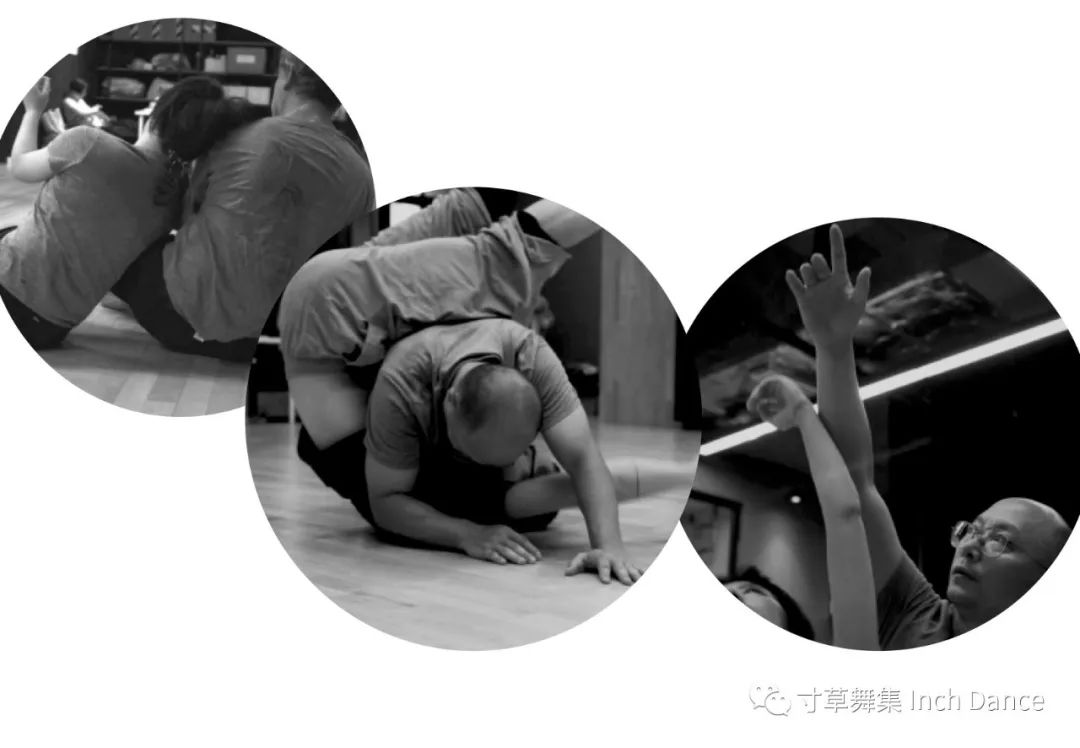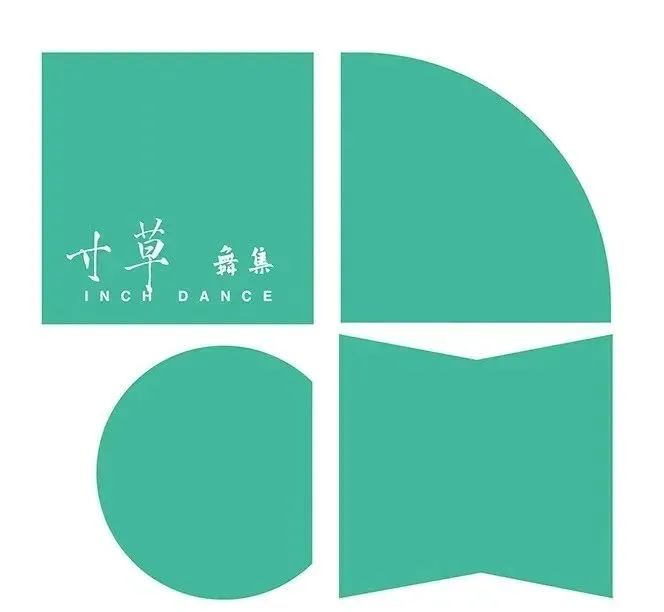Contact Improvisation Guide

What is Contact Improvisation
Contact Improvisation is a form of postmodern dance that was first conceived and debuted by American dance artist Steve Paxton and several like-minded partners in 1972. Contact improvisation was originally just an experimental dance project of Steve, integrating elements of Tai Chi, Aikido, modern dance, and Eastern philosophical thinking. Later, this form was slowly learned, developed, and integrated by various groups, and then became popular globally. Although it is still a relatively niche dance form.
Though it is called dance, it does not have a particular aesthetic pursuit. It is more concerned with the connection between dancers, the process of giving and receiving weight to each other, and emphasizes the awareness of actions, especially the awareness of touching and connecting with one's own body. The original creators also called it "art movement". Compared with dance, it is more like a sport. But compared with sports, it also has artistic characteristics.
Two people dancing contact improvisation will constantly look for a common framework of the body, experience balance, lose balance, use the body's lever to deal with other people's weight, be lifted up or lift others, and use friction, inertia, momentum and other physical laws to find the transformation and flow of the body.
Contact improvisation does not require dance foundation, everyone can dance. It emphasizes the awareness of the present, the awareness of the connection with the partner, the awareness of one's own breathing, the awareness of the center of gravity, the awareness of the end, the floor, the momentum, the balance, and the awareness of various feelings that occur at this moment.
Contact improvisation is sometimes associated with energy, healing, sex, drama, and psychotherapy. On the one hand, contact improvisation itself does have a certain openness to accept these, and on the other hand, these fields will also use contact improvisation as a tool. However, for the contact improvisation community in Shanghai, these are not our goals. We focus more on inspiring everyone's curiosity and exploration of the body, hoping to gain more awareness and inspiration in life through body exploration.
What is Dance Jam
Jam is a place where everyone dances together. Unlike formal classes or workshops, there is no formal guidance, fixed steps, or rules. Everyone will dance, play, practice, or just sit and watch. However, there are some basic principles and suggestions:
Contact Improvisation Safety Guide
In contact improvisation, there is no guide that says how it 'should' be done, only information about safety and keeping oneself safe:

This is a gathering place for people aged 0-99 to discover the beauty of their bodies. InchDance hopes to use dance as a medium to shorten the distance between people, discover the interesting aspects of the body through different body creative development and practice.
As the main organizer of Shanghai Contact Improvisation Community activities and the co-host of Shanghai Improvisation Art Festival, InchDance has, since 2017, invited artists from various fields around the world to the festival every year for cross-border communication and performances, sharing the wonderful improvisation experience with everyone.
InchDance is dedicated to the creation and performance of postmodern theater, and regularly offers courses in modern dance, improvisation creation and body development, contact improvisation, etc.